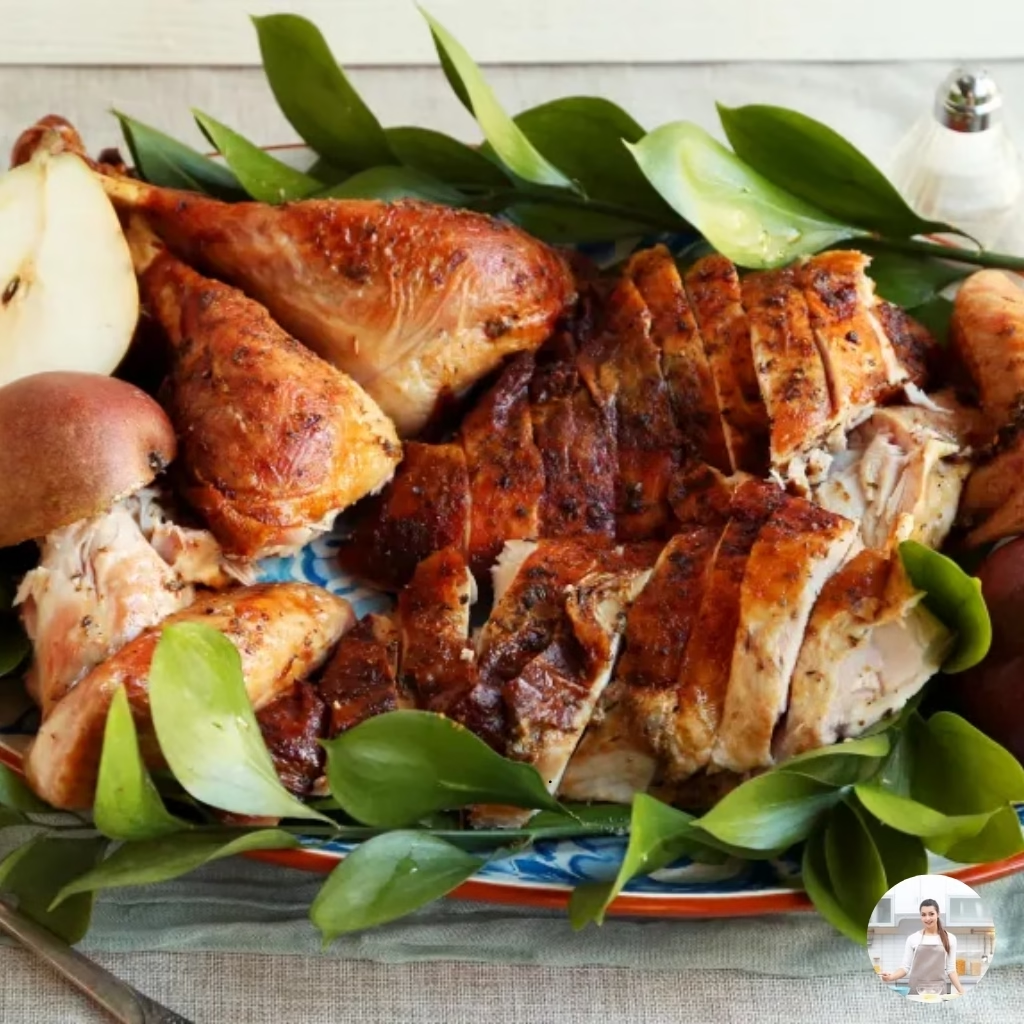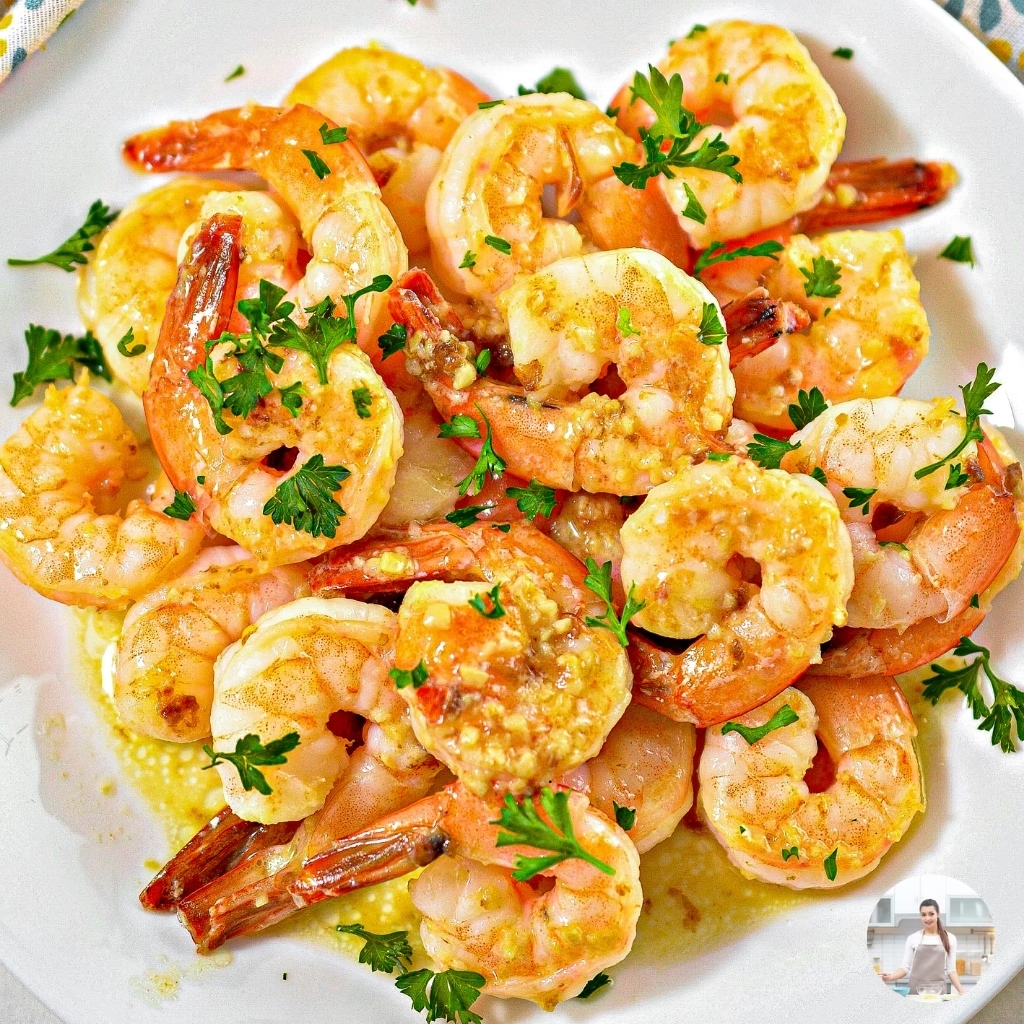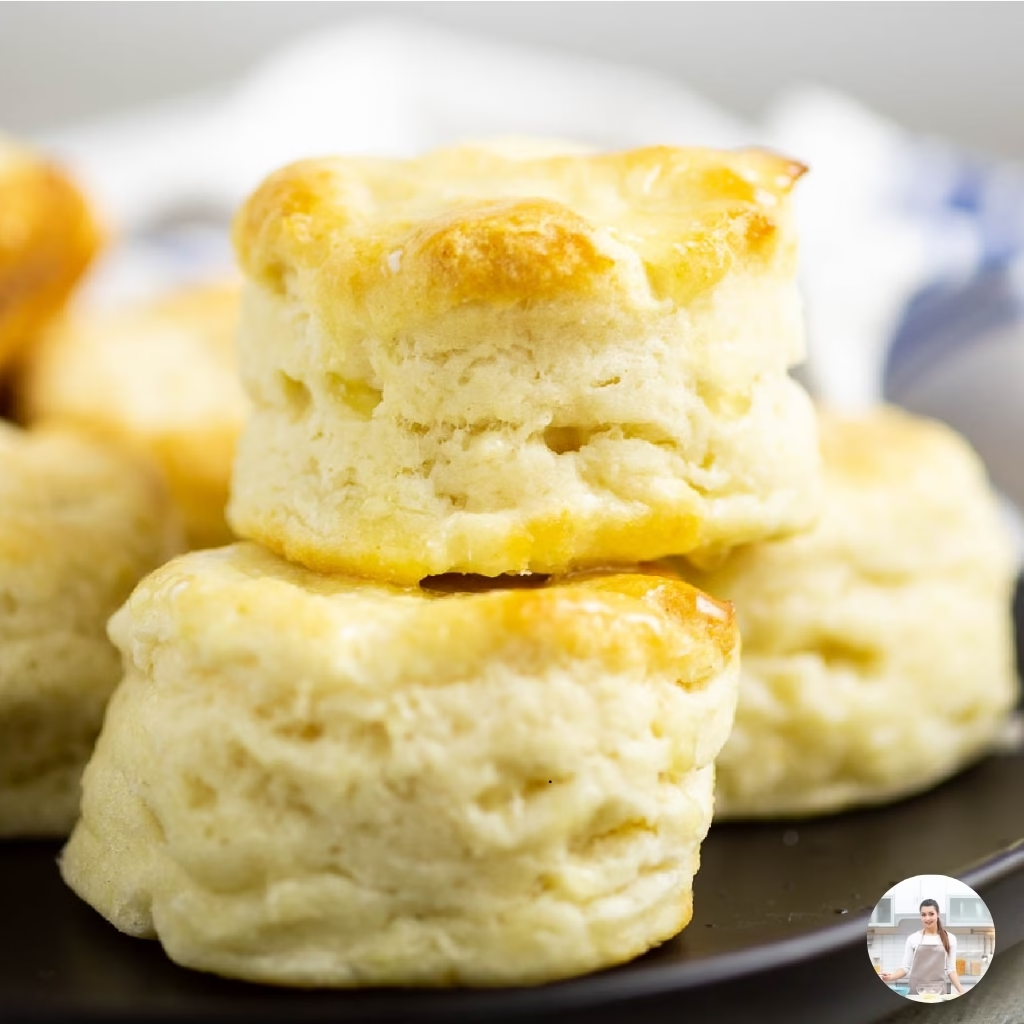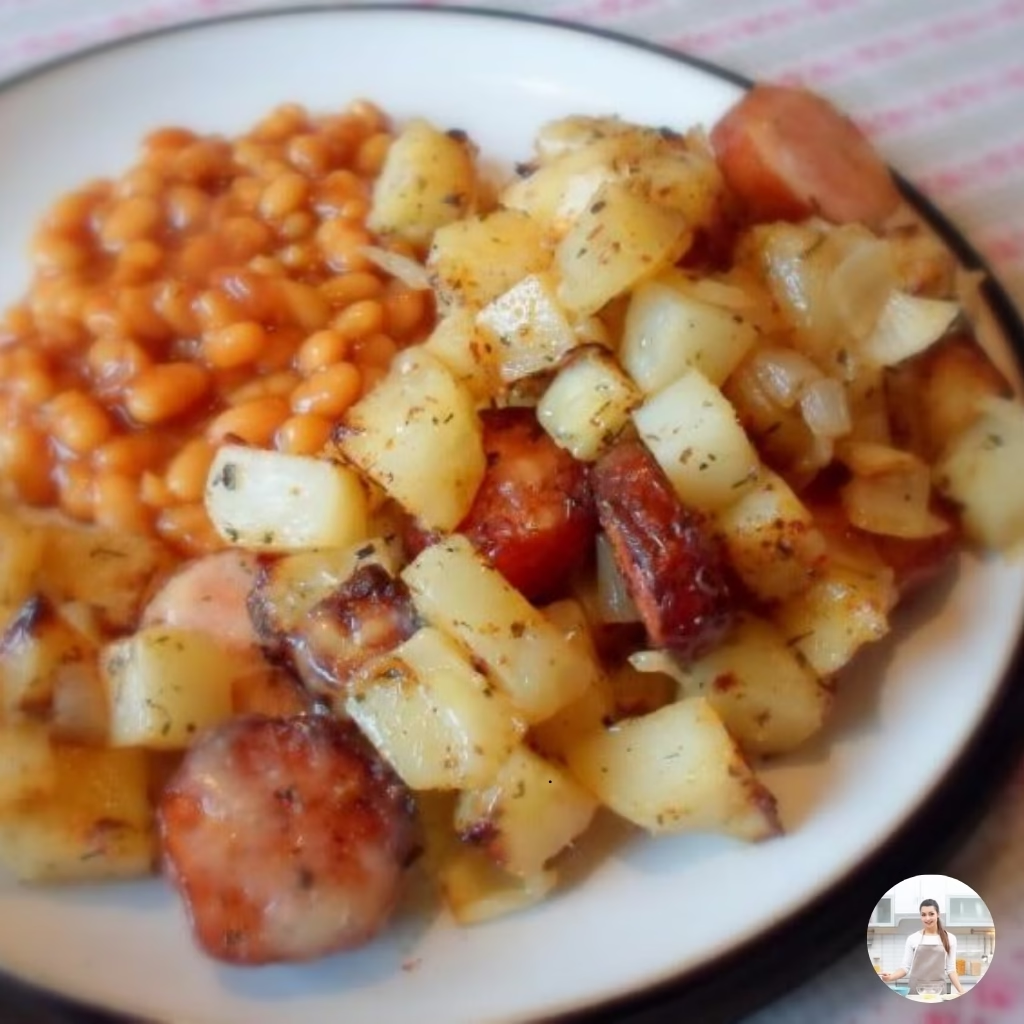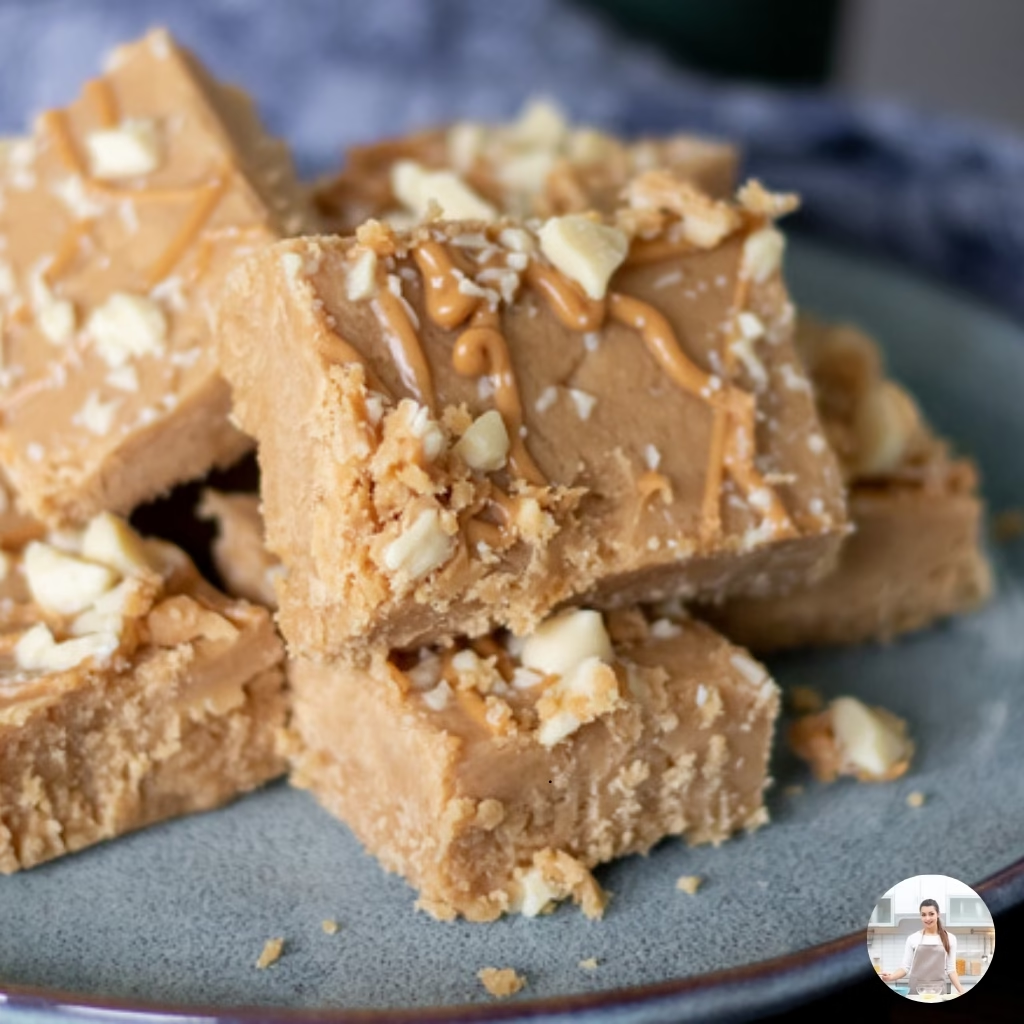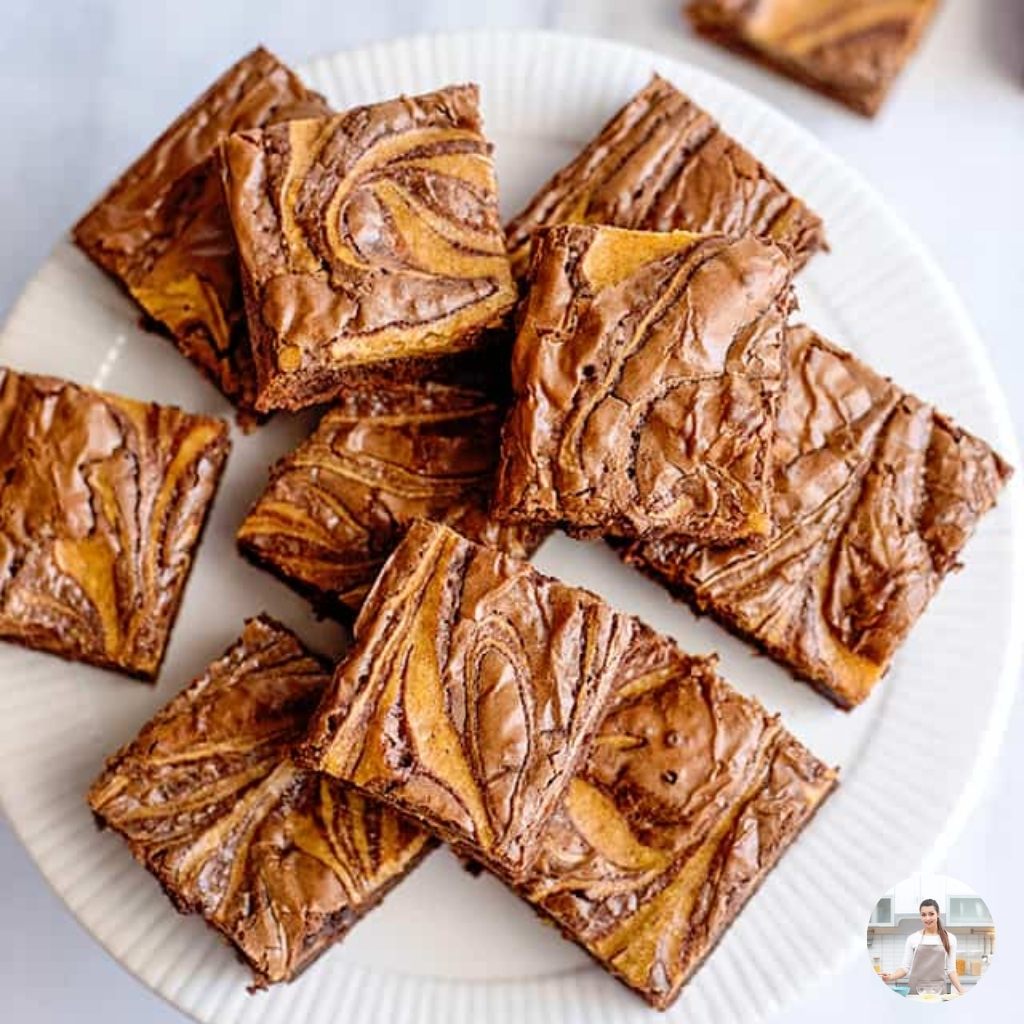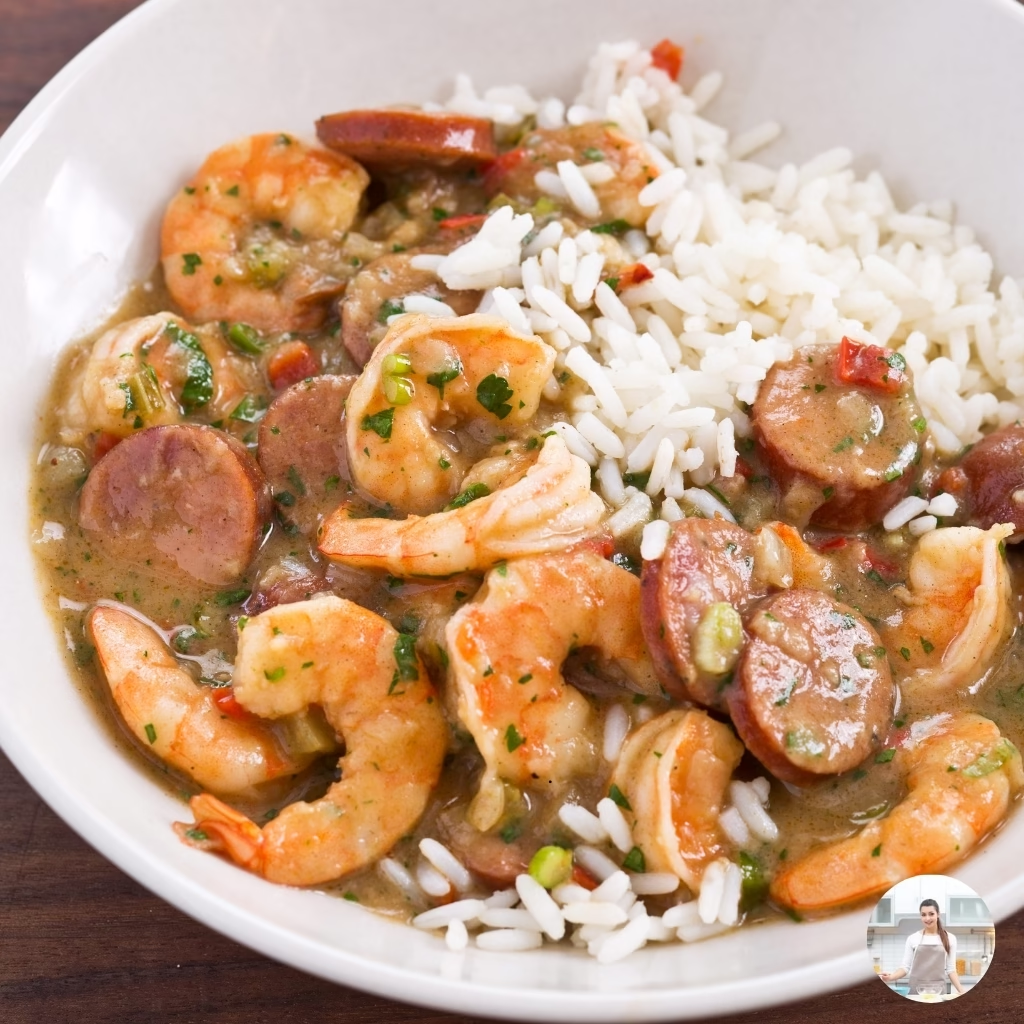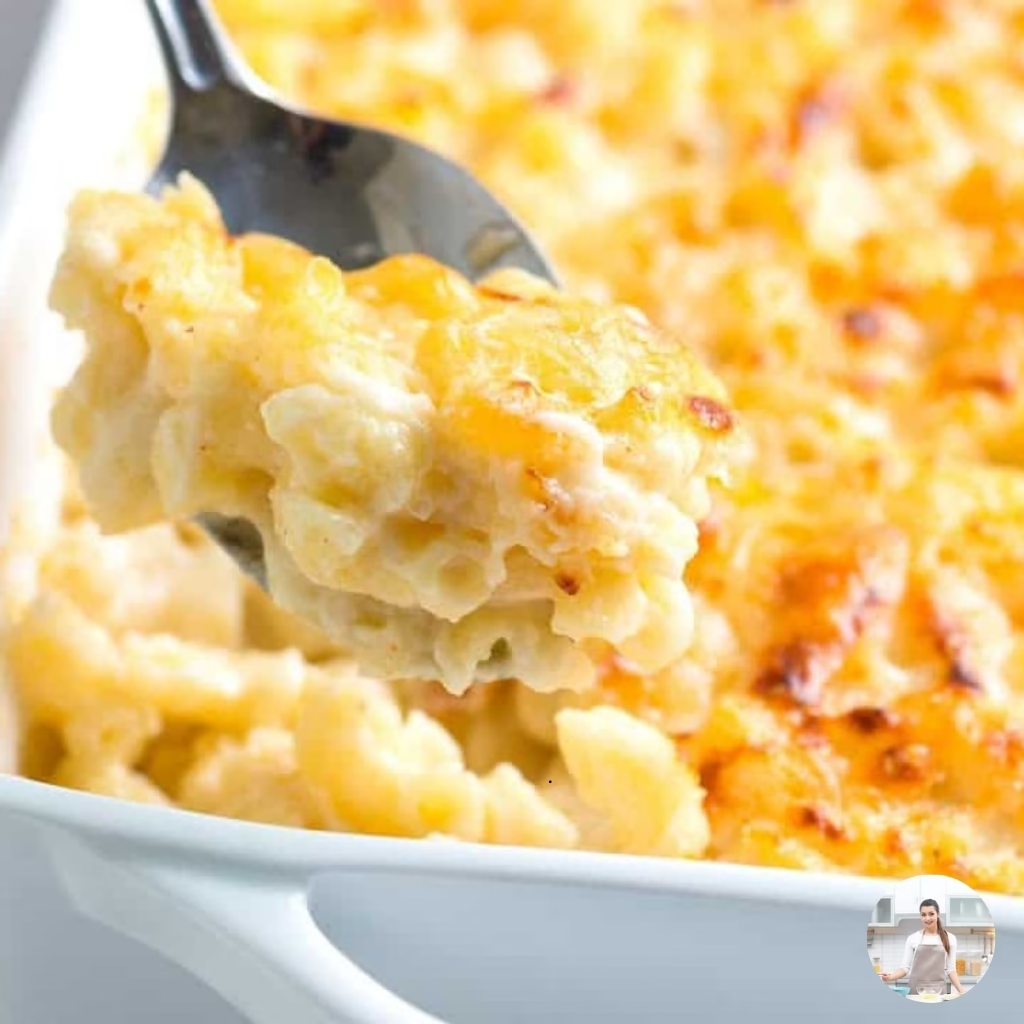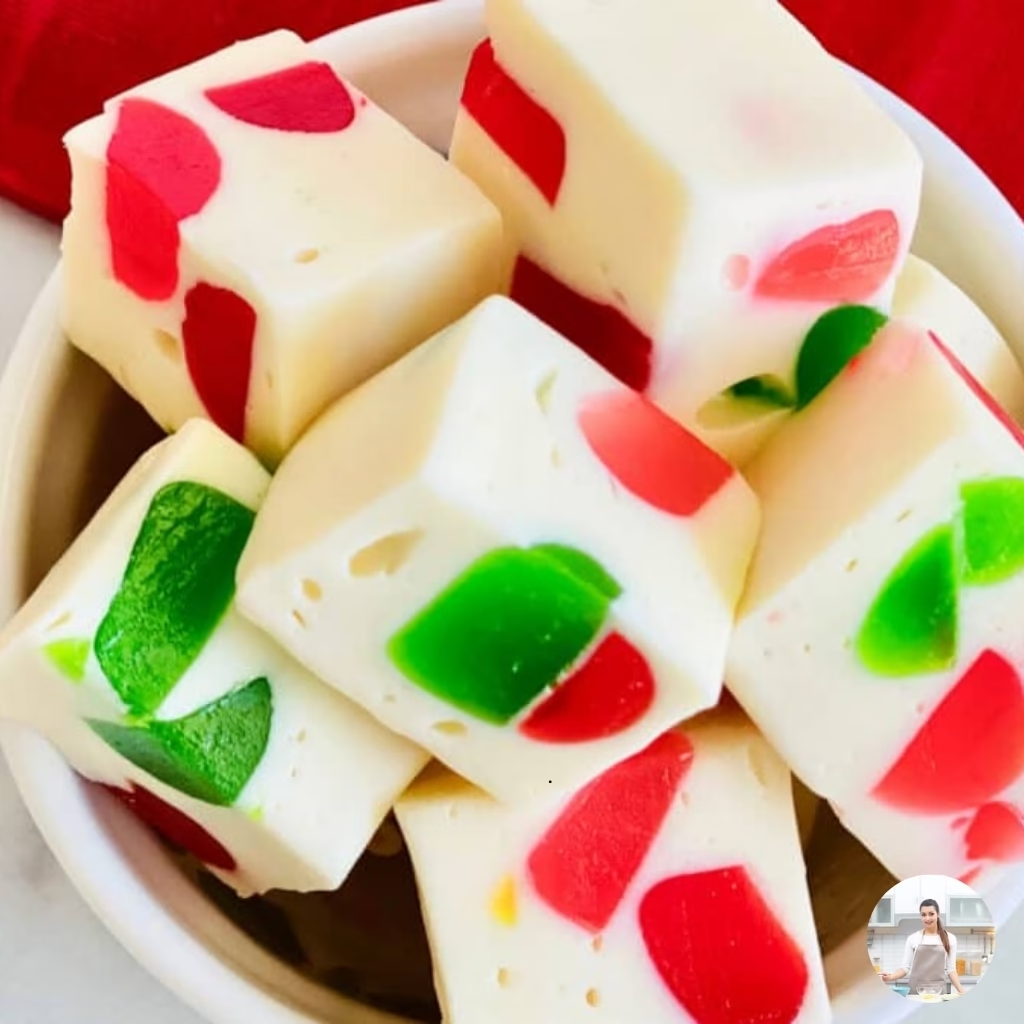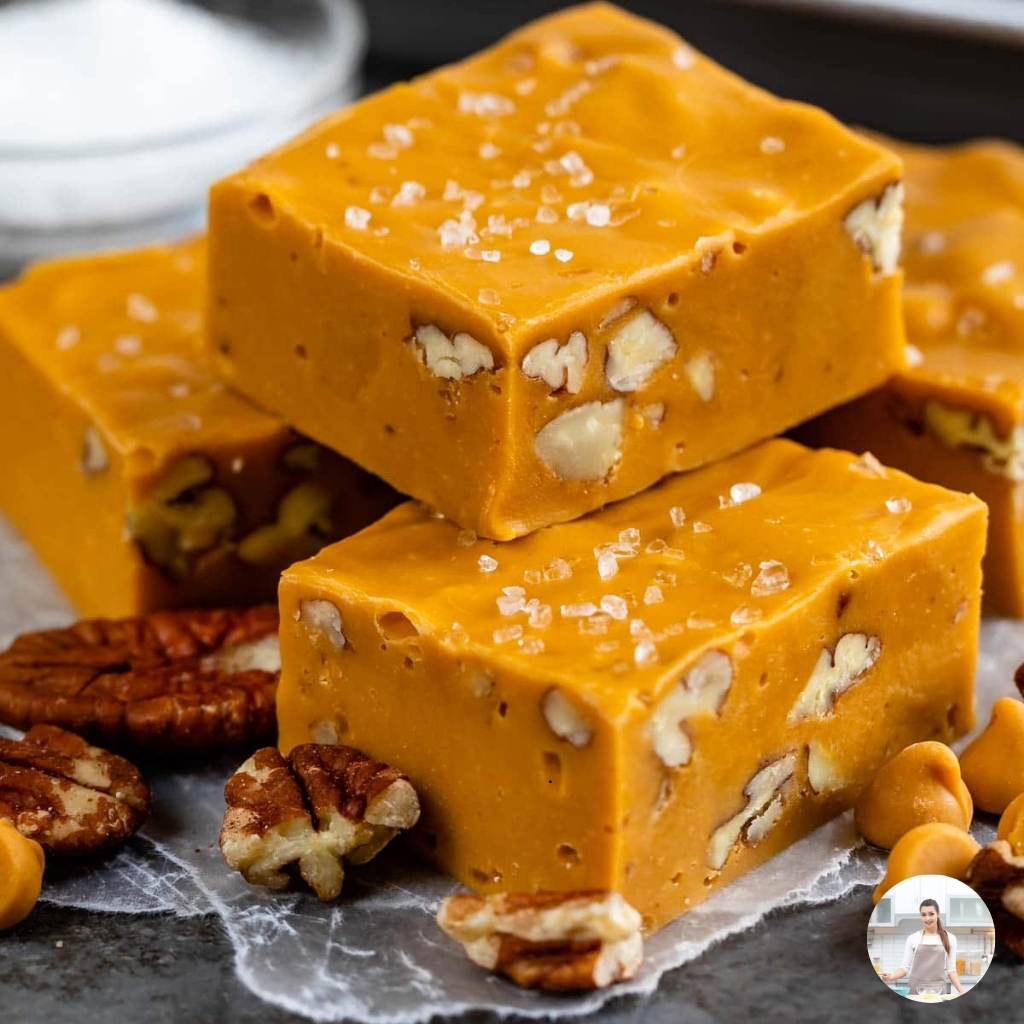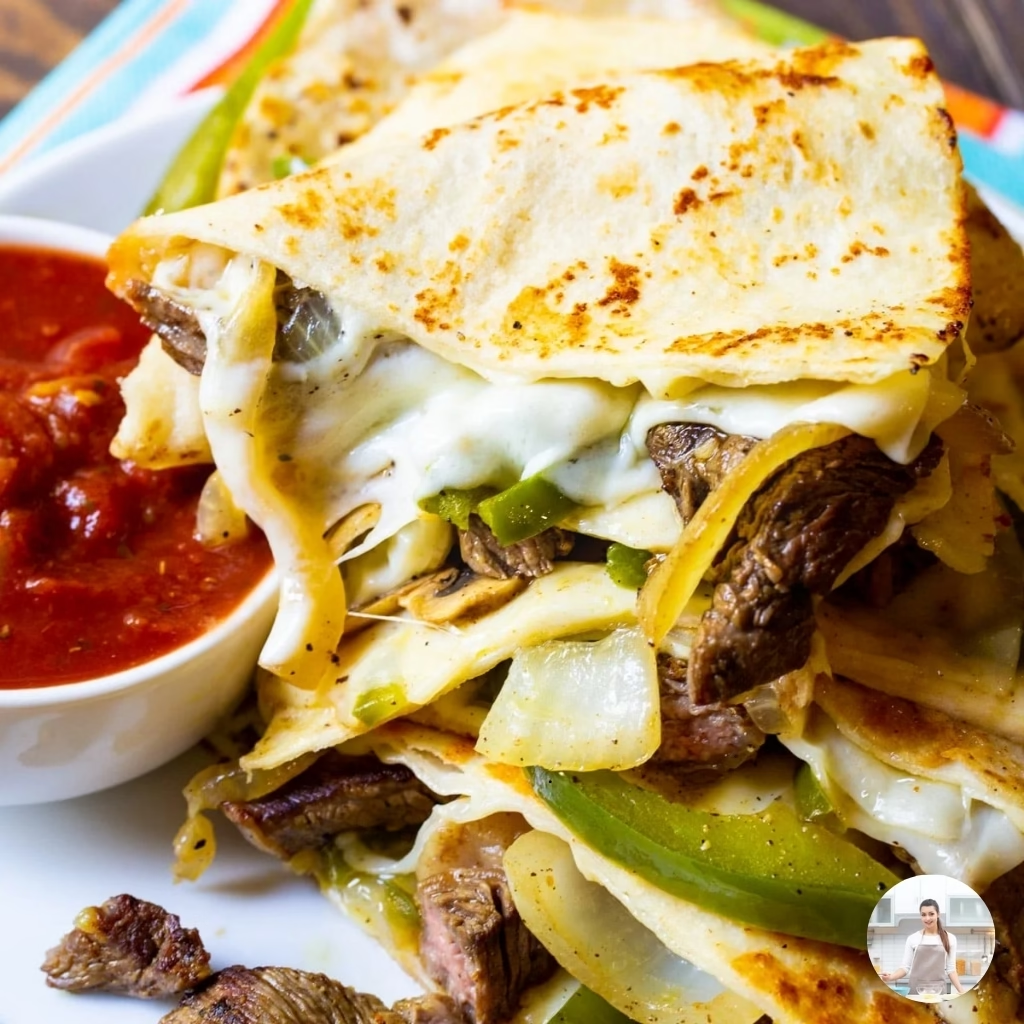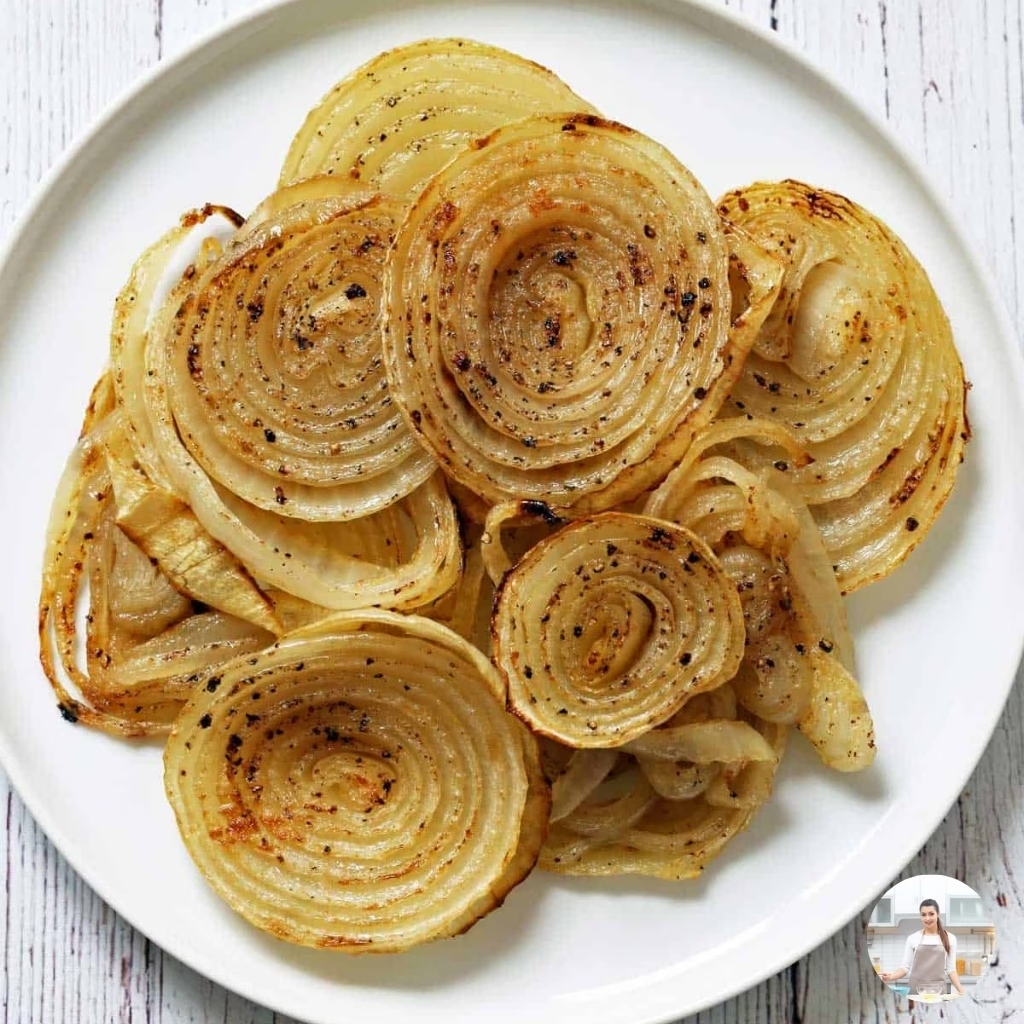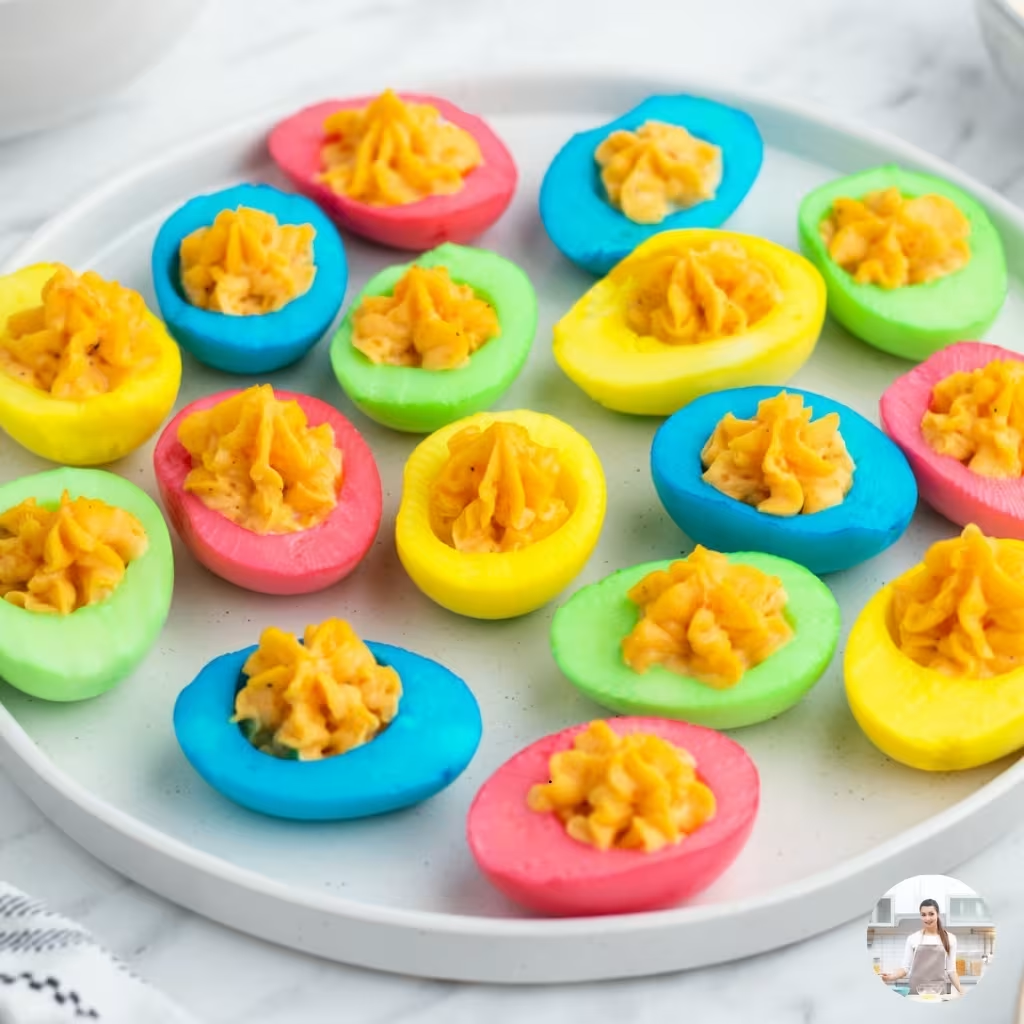Cooking a turkey can be a breeze! How To Cook A Turkey In A Roasting Bag makes it easier than ever. You’ll impress your guests with juicy, flavorful meat.
Using a roasting bag keeps all the moisture in. Your turkey cooks evenly and quickly. Plus, cleanup is a snap!
Fun fact: Roasting bags were invented in the 1970s! 🦃 They’ve made holiday cooking a lot simpler. Enjoy tender turkey with minimal fuss!
Gather your ingredients and let’s get started. You’ll be a turkey pro in no time. Get ready for a delicious feast! 🎉
I. Introduction
Learn how to prepare a delicious turkey in a roasting bag, ensuring juicy meat and a flavorful meal for any occasion.
- Easy and convenient cooking method.
- Results in moist and tender turkey.
- Minimal cleanup with roasting bags.
- Perfect for holiday gatherings or family dinners.
- Great for novice cooks and seasoned chefs alike.
- Turkey has been a staple in American Thanksgiving celebrations since the early 1600s.
- The practice of roasting a turkey symbolizes abundance and gratitude during festive gatherings.
- Using a roasting bag helps retain moisture and flavor, reflecting modern cooking techniques.
- Families often share stories and recipes passed down through generations, reinforcing cultural bonds.
- Regional variations of turkey recipes highlight the diverse culinary landscape across the United States.
- The communal aspect of cooking and sharing a turkey fosters togetherness and connection among loved ones.
- Cooking a turkey in a roasting bag has become a popular method due to its ease and reliability.
- Many people associate the aroma of roasting turkey with cherished holiday memories and family traditions.
- 1 whole turkey (12-14 pounds)
- 1 tablespoon salt
- 1 tablespoon black pepper
- 1 tablespoon garlic powder
- 1 tablespoon onion powder
- 1 tablespoon dried thyme
- 1 tablespoon dried rosemary
- 1 cup chicken broth
- 1 roasting bag (large size)
- Vegetables for stuffing (optional: carrots, celery, onions)
- Olive oil or melted butter (for brushing)
- Roasting Bag: Choose a high-quality, oven-safe roasting bag designed for turkey.
- Roasting Pan: A sturdy roasting pan that fits the turkey comfortably.
- Meat Thermometer: An accurate thermometer to ensure the turkey is cooked to perfection.
- Kitchen Twine: Useful for tying the legs of the turkey if desired.
- Oven Mitts: Protect your hands when handling hot equipment.
- Carving Knife: A sharp knife for slicing the turkey once it’s cooked.
- Serving Platter: For presenting your beautifully roasted turkey.
- Blender or Food Processor: For making sauces or gravies with turkey drippings.
- Basting Brush: If you prefer to baste your turkey during cooking.
- Aluminum Foil: To cover the turkey if it browns too quickly.
- Preheat your oven to 350°F (175°C).
- Remove the turkey from its packaging and take out any giblets from the cavity.
- Rinse the turkey under cold water and pat it dry with paper towels.
- Rub the turkey inside and out with your choice of seasoning, such as salt, pepper, garlic powder, and herbs.
- Optional: Stuff the cavity with aromatics like onion, celery, or herbs for added flavor.
- Place the roasting bag in a large roasting pan.
- Sprinkle a tablespoon of flour inside the bag to prevent it from bursting.
- Carefully place the seasoned turkey inside the bag, ensuring it fits comfortably.
- Seal the roasting bag with the provided tie, leaving some space for the turkey to expand.
- Cut a few slits in the top of the bag to allow steam to escape.
- Place the roasting pan in the preheated oven and cook according to the weight of the turkey (about 13 minutes per pound).
- Use a meat thermometer to check the internal temperature of the turkey. It should reach 165°F (74°C) in the thickest part of the breast and thigh.
- Once done, carefully remove the roasting pan from the oven.
- Let the turkey rest in the bag for at least 20 minutes before carving.
- Carefully cut open the bag, allowing steam to escape, and transfer the turkey to a serving platter.
- Herb-Infused Turkey: Add fresh herbs like rosemary, thyme, and sage inside the bag for aromatic flavor.
- Citrus Zest: Incorporate lemon or orange slices for a refreshing twist.
- Spicy Kick: Use spices such as cayenne pepper or smoked paprika for a spicy version.
- Sweet Glaze: Brush the turkey with a mixture of honey and mustard for a sweet glaze.
- Stuffing Variations: Try different stuffing options like cornbread or wild rice for added flavor.
- Vegetable Medley: Include root vegetables like carrots and potatoes in the bag for a complete meal.
- International Flavors: Experiment with marinades inspired by different cuisines, such as teriyaki or chimichurri.
- Always thaw your turkey in the refrigerator for safety; allow 24 hours for every 4-5 pounds.
- Use a meat thermometer to ensure the turkey reaches an internal temperature of 165°F.
- Season the turkey inside and out for maximum flavor; consider using herbs, spices, and citrus.
- Place the turkey breast side up in the roasting bag for even cooking and moisture retention.
- Make sure to cut slits in the roasting bag to allow steam to escape and prevent bursting.
- Let the turkey rest for at least 20 minutes after cooking before carving to retain juices.
- Save the drippings from the roasting bag to make a delicious gravy or sauce.
- Experiment with different seasonings and marinades to create your unique flavor profile.
- Turkey is a lean source of protein, promoting muscle growth and repair.
- Rich in B vitamins, particularly B6 and B12, supporting energy metabolism.
- Contains essential minerals such as selenium, which boosts immune function.
- Low in fat when skin is removed, making it a heart-healthy choice.
- Offers a good source of tryptophan, aiding in mood regulation and sleep.
- Cooking in a bag helps retain moisture, enhancing nutrient preservation.
- Can be paired with a variety of healthy sides, increasing overall nutrient intake.
- Pair with classic sides like mashed potatoes, green bean casserole, and cranberry sauce.
- Serve with a fresh garden salad drizzled with a light vinaigrette for a refreshing contrast.
- Include a selection of breads, such as dinner rolls or cornbread, for a hearty addition.
- Offer a variety of sauces, like gravy or a tangy barbecue sauce, to complement the turkey.
- Garnish your turkey platter with fresh herbs like rosemary or thyme for an aromatic touch.
- Consider a fruit platter with seasonal fruits for a sweet balance to the savory meal.
- Finish with a selection of desserts, such as pumpkin pie or apple crisp, to round out the feast.
II. Why You’ll Love This Recipe
Cooking a turkey in a roasting bag is easy! 🦃 It keeps the turkey juicy and tender. The flavors blend perfectly, creating a delicious meal. Plus, it saves you time and effort.
With minimal cleanup, you’ll enjoy your meal. The bag traps moisture, ensuring a flavorful turkey. You won’t have to worry about dryness.
This method is great for holidays and gatherings. Impress your family and friends with your cooking skills. Everyone will love the tasty results!
It’s a simple way to create a memorable feast. Enjoy the process and savor every bite. Cooking has never been this enjoyable! 🎉
III. Cultural Significance and History
This recipe connects generations and showcases the traditions of Thanksgiving in American culture.
IV. Ingredients List for How To Cook A Turkey In A Roasting Bag
A simple list of ingredients needed to prepare a delicious turkey in a roasting bag.
V. Equipment List
Gather the right tools for a hassle-free turkey cooking experience!
Essential Equipment
Optional Equipment
Having the right equipment will make your cooking process smoother and help you achieve a delicious turkey!
VI. Detailed Step-by-Step Instructions
Follow these easy steps to cook a turkey in a roasting bag for a delicious and hassle-free meal.
Preparation
Seasoning the Turkey
Preparing the Roasting Bag
Sealing and Cooking
Checking for Doneness
Resting and Serving
VII. Variations of How To Cook A Turkey In A Roasting Bag
Experiment with different flavors and techniques to make your turkey unique!
VIII. Tips and Tricks
Enhance your turkey cooking experience with these helpful tips for perfect results every time.
IX. Nutrition Information
Learn the nutritional benefits of cooking turkey in a roasting bag, providing a healthy and delicious meal option for your family.
X. Serving Suggestions
Enhance your turkey meal with these delightful serving ideas that will impress your guests.
XI. Health Considerations for How To Cook A Turkey In A Roasting Bag
Cooking turkey in a roasting bag is convenient. It helps retain moisture and flavor. This method can lead to healthier meals.
Using a roasting bag can reduce fat content. The turkey cooks in its juices, enhancing taste. This method also minimizes added fats during cooking.
Ensure your turkey is fully cooked through. Use a meat thermometer to check doneness. The internal temperature should reach 165°F.
Consider portion sizes when serving turkey. Lean turkey meat is a healthier option. Pair it with vegetables for balanced nutrition.
Store leftover turkey properly to maintain freshness. Refrigerate within two hours of cooking. Use leftovers within three to four days.
FAQs: Your Guide to Perfectly Cooking a Turkey in a Roasting Bag!
Ready to impress your guests? Cooking a turkey in a roasting bag is a game-changer for juicy, flavorful results. Let’s dive into your most pressing questions!
What is a roasting bag, and why should I use one for turkey?
A roasting bag is a heat-resistant plastic bag designed to hold meat while it cooks. It traps moisture, resulting in a juicy turkey with minimal effort and mess.
Do I need to season the turkey before placing it in the roasting bag?
Yes! Seasoning your turkey is essential for flavor. You can use herbs, spices, or marinades to enhance the taste before sealing it in the bag.
How long does it take to cook a turkey in a roasting bag?
The cooking time varies based on the turkey’s weight. Generally, it takes about 13-15 minutes per pound at 350°F. Always use a meat thermometer to ensure it’s fully cooked.
Should I cut any holes in the roasting bag?
Yes, it’s recommended to cut a few small slits in the top of the bag. This allows steam to escape, preventing the bag from bursting during cooking.
Can I use a roasting bag for other types of meat?
Absolutely! Roasting bags are versatile and can be used for chicken, beef, pork, and even vegetables. Just adjust cooking times as needed.
Do I need to baste the turkey when using a roasting bag?
No basting is necessary! The bag locks in moisture, so your turkey will stay juicy without the need for constant attention.
What should I do if the turkey is not browning in the bag?
If your turkey isn’t browning, you can carefully cut the bag open during the last 30 minutes of cooking to allow for browning. Just be cautious of the steam!
Is it safe to cook a turkey in a roasting bag?
Yes, cooking in a roasting bag is safe as long as you follow the manufacturer’s instructions and ensure the bag is made from oven-safe materials.
How do I clean up after using a roasting bag?
Cleanup is easy! Simply discard the used roasting bag and any drippings. You can wash the roasting pan as usual, making this method convenient.
Can I reuse a roasting bag?
It’s not recommended to reuse roasting bags due to safety concerns and the potential for bacteria growth. Always use a new bag for each cooking session.
The Bottom Line
Cooking a turkey in a roasting bag transforms your holiday feast. This method ensures tender, juicy meat every time. Plus, it simplifies cleanup and enhances flavor.
As you experiment with various seasonings, enjoy the process. Share your favorite tips and tricks with friends. Everyone loves a perfectly cooked turkey!
We appreciate you taking the time to read. Your support means a lot to us. Don’t forget to revisit our website for more cooking insights! 😊
Thank you for joining us today. We hope your turkey turns out delicious! Happy cooking and sharing! 🦃✨
